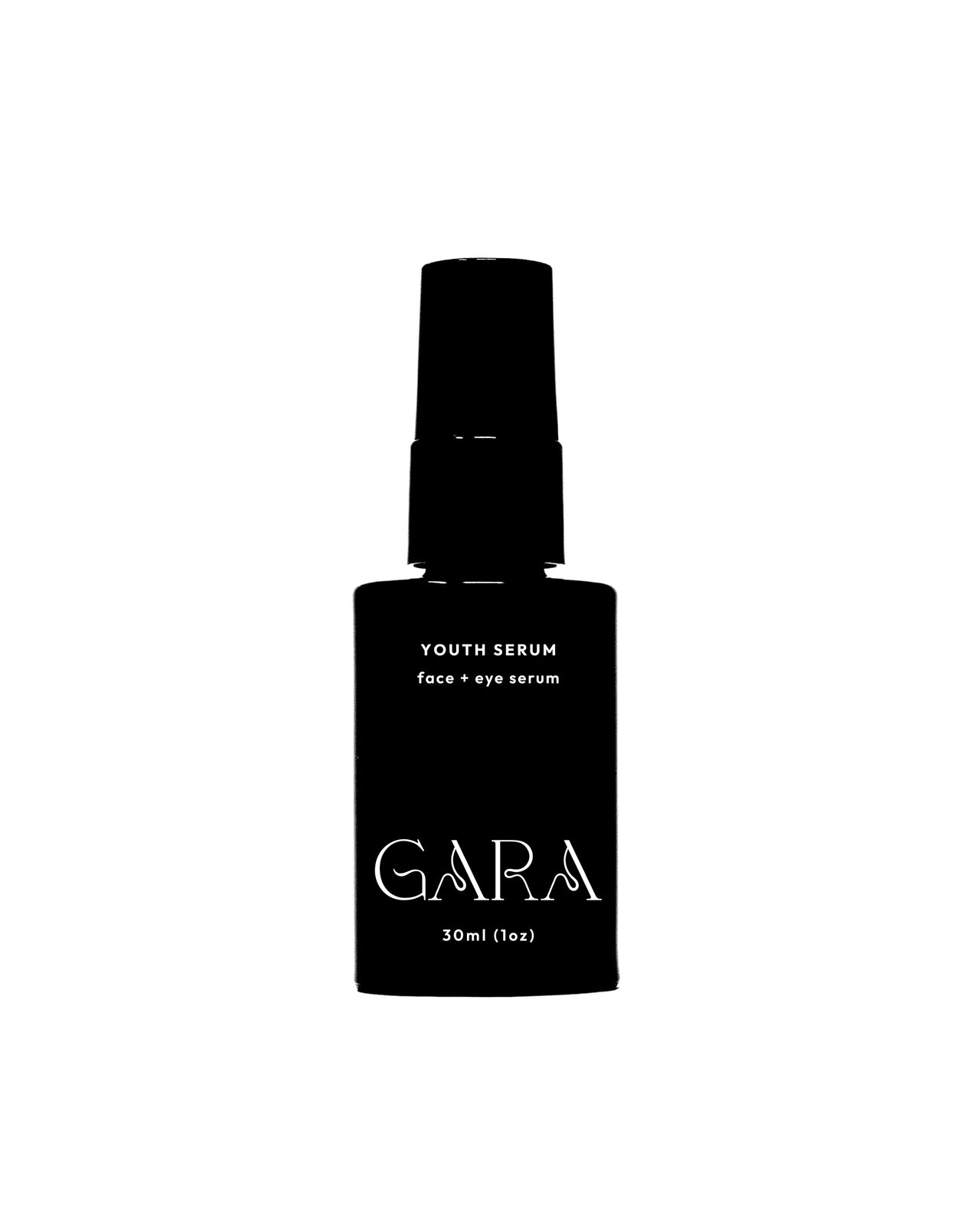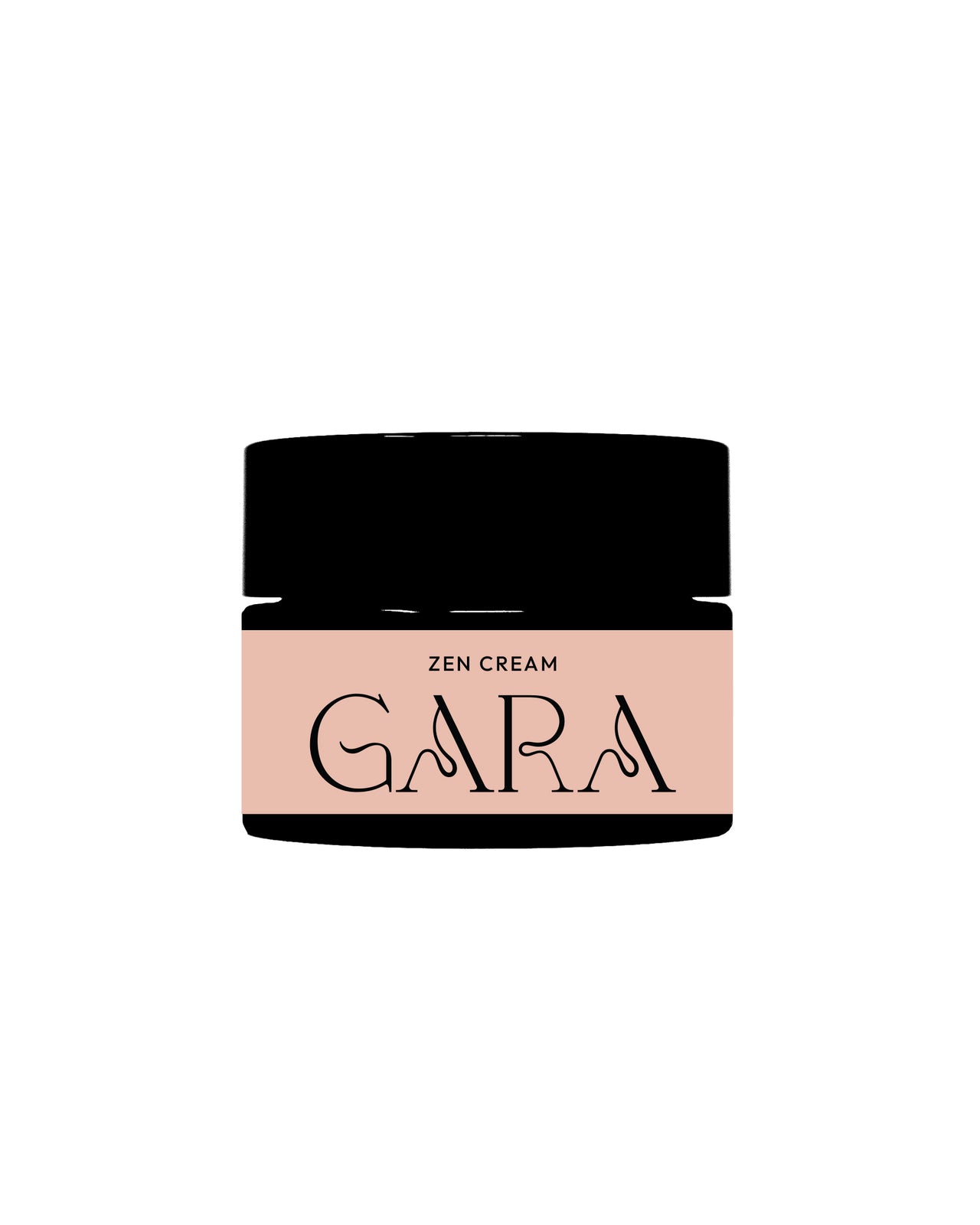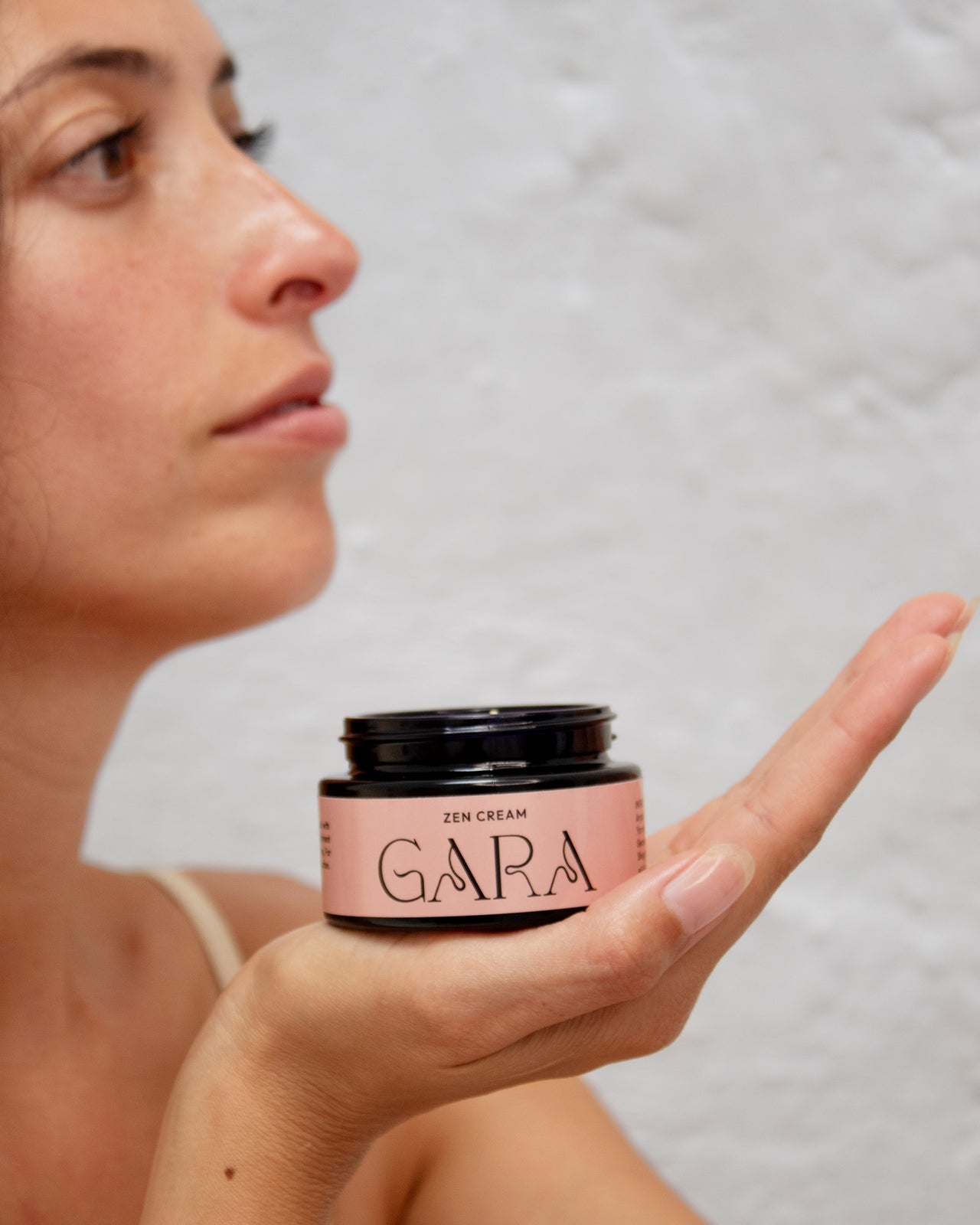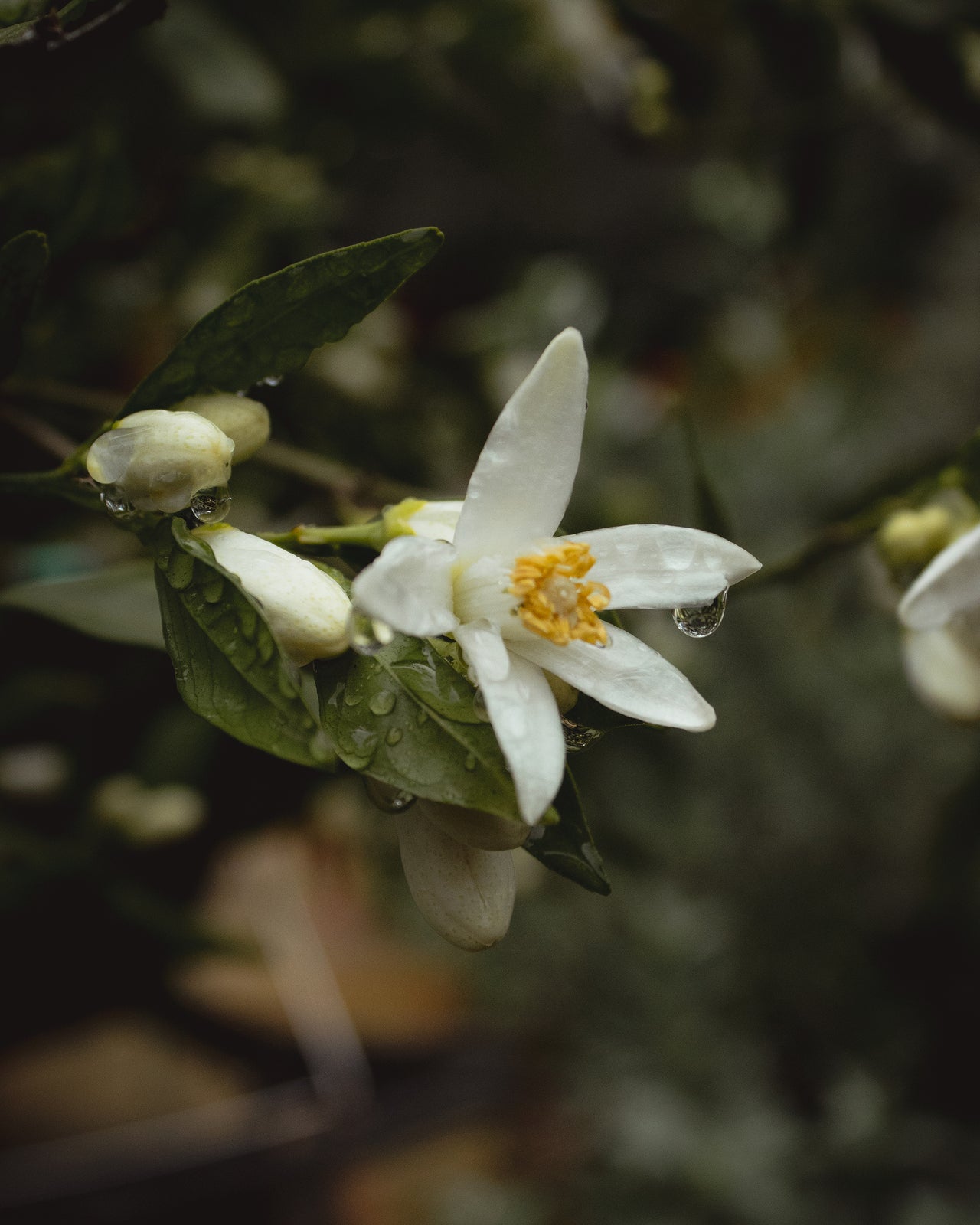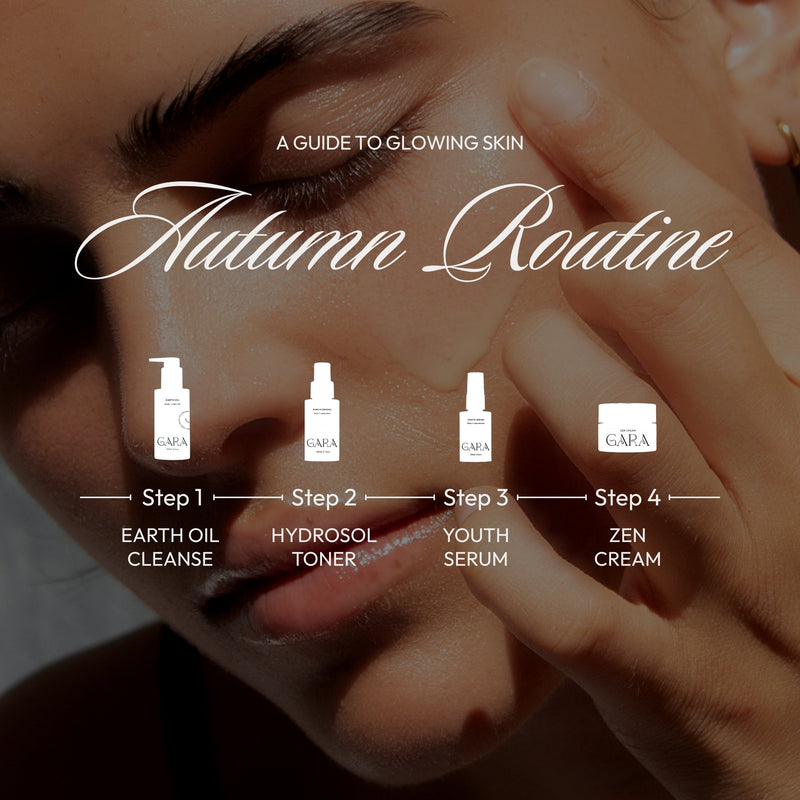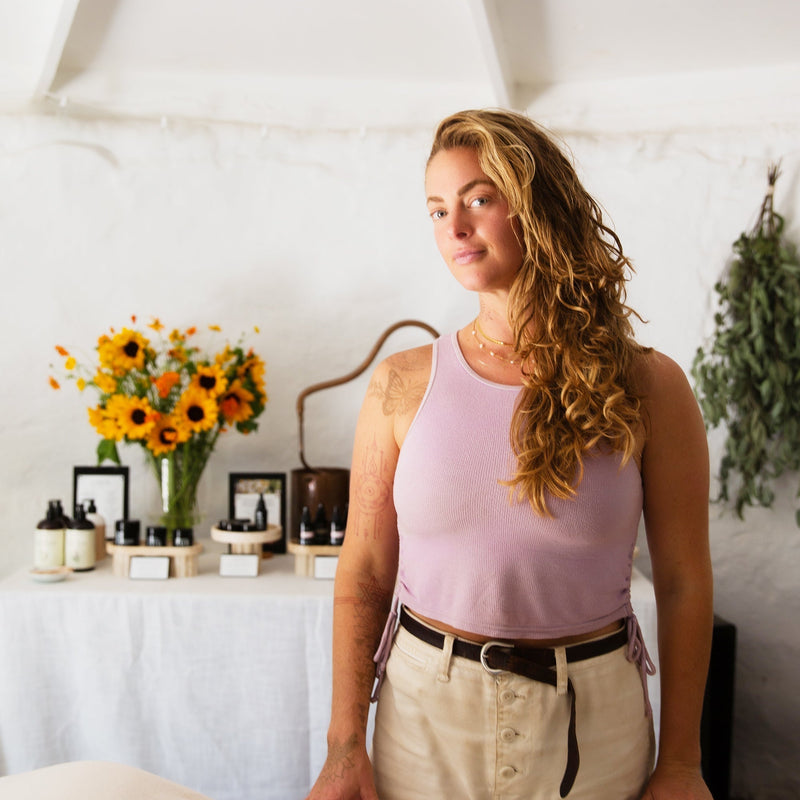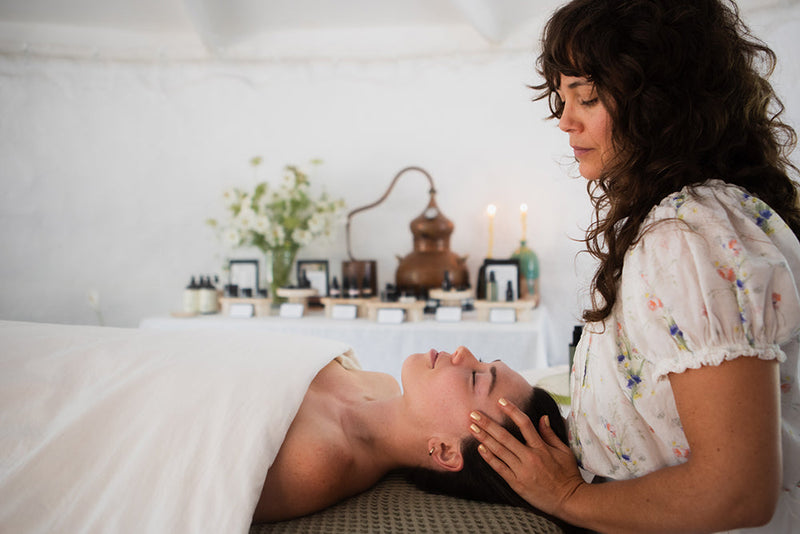We distilled a very small batch of gardenia hydrosol this year! Our little shrub is producing, three years in a row now, and with the contribution of a shrub from our friends garden, we had just enough for one distillation. The hydrosol is quite aromatic, it holds the integrity of the aroma quite well. It’s slightly softer than the flower itself, but invigorating and sensual nonetheless.
We have such a limited amount of this hydrosol that we are offering this product to our subscribers only. If you haven't subscribed yet, sign up here. We will be sending out another email later this week with the link. Like all of our hydrosols, this seasonal distillation is only available while supplies last. We hope to distill a larger batch of this incredible and aromatic flower next year!

Gardenia is a genus of flowering plants in the Rubiaceae family. There are about 140 different species that belong to the family Rubiaceae, including the infamous coffea. Gardenias are evergreen shrubs which are native to the tropical and subtropical areas of Africa, Asia and Australia. The leaves are a dark, forest green, glossy in texture, growing one to nine inches long depending on the species. The flowers are bright and beautiful, often aromatic and generally yellow or white in color. They emerge on the shrub in single or cluster blossoms bursting with fragrance in the early spring air.
Gardenia jasminoides has been cultivated and used in China for over a thousand years. The yellow flowers are used to make clothing dye and for specialty food dishes in both China and Japan. This species originated in Asia and was brought to England in the 18th century where it became very popular. Men would wear gardenias as boutonnieres for special occasions, brightening up their appearance and aroma. It is a flower celebrated for its beauty and intoxicating scent to this day.
Gardenia taitensis, also known as Tahitian gardenia, is one of the few plants native to Polynesia. The large shrubs produce fragrant white flowers that are used to make traditional floral necklaces called Lei on Hawaii, Ei on the Cook Islands, and Hei on Tahiti. The flower is also used to make Monoi Tiare Tahiti - a powerful perfume oil made by the process of enfleurage. This process requires time and attention and is still traditionally practiced by many on the islands and elsewhere.
Enfleurage is a process of extracting delicate aromatic compounds using fat. Tahitians use coconut oil, spread out over a large surface. Each day, the old flowers are removed and new flowers are every so delicately placed in the coconut oil. This happens every day over a period of weeks to capture the sensual and intoxicating scent of gardenia. Enfleurage is still the most cost effective way to extract essential oils from gardenias. Though absolutes are commercially available, they pail in comparison to the depth of a true enfleurage.
Gardenias are fairly easy to grow in the right environment. They prefer tropical or subtropical temperatures and will not survive a hard frost. I have been surprised at our little shrub, it did pretty well considering the hot and dry summer we have had. They do prefer some shade and require a fair amount of water in the summer months to thrive. A little nurturing goes a long way come spring and you smell the first bloom. I’ve noticed the scent changes throughout the day, peaking in both the morning and the evening. Similar to roses, I’m sure this is some kind of signal to their pollinators, a hello and goodnight of sorts. The blooms linger for over a month, scenting the entire area with the sweetest of aromas. It was an absolute treat to distill this hydrosol!


